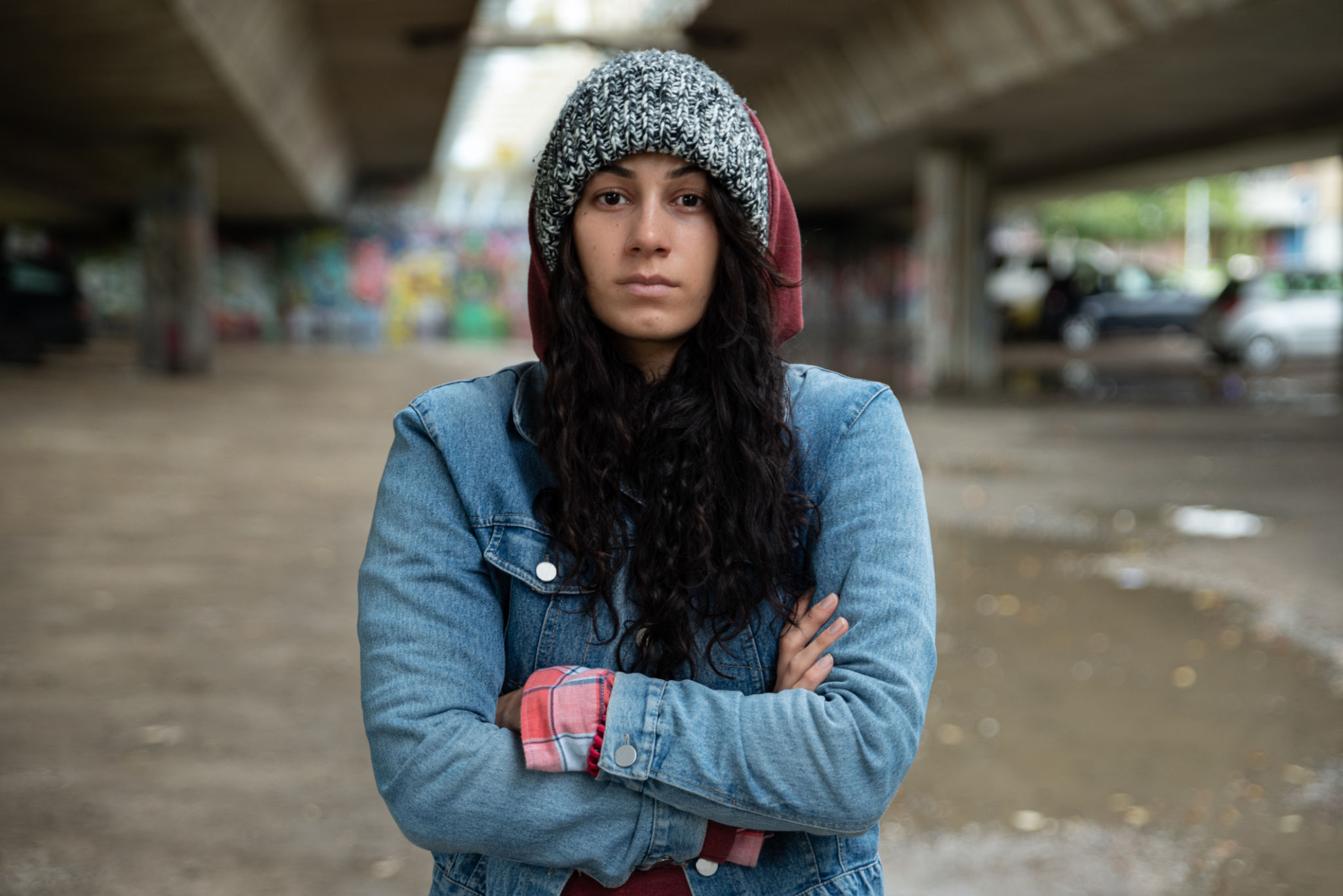Common Misconceptions About Homeless Women: An Expert's Perspective
Understanding Homelessness Among Women
When we think of homelessness, the narrative often leans towards a generalization that fails to capture the unique experiences of women. **Homelessness among women** is a growing concern that deserves a nuanced understanding, free from the common misconceptions that cloud public perception.
One prevalent myth is that homeless women are primarily responsible for their situation due to poor life choices. In reality, many women find themselves without shelter due to circumstances beyond their control, such as domestic violence, lack of affordable housing, and systemic inequalities. These factors highlight the urgent need for tailored support systems.

The Impact of Domestic Violence
Domestic violence is a leading cause of homelessness among women. Many women flee abusive relationships with nowhere to go, often prioritizing their safety over shelter. This difficult decision underscores the need for safe, accessible emergency housing options. Society must recognize the intersection between domestic violence and homelessness to address this crisis effectively.
Moreover, the support systems in place often fail to provide comprehensive assistance. Shelters are frequently overcrowded and underfunded, leaving many women without essential resources. It's crucial to enhance funding for these facilities and improve the services they offer.

Dispelling Myths About Homeless Women's Appearance
A common stereotype is that homeless women are easily recognizable by their appearance, often portrayed as unkempt or disheveled. This misconception overlooks the reality that many homeless women strive to maintain their dignity and appearance despite their circumstances. **Homelessness is not always visible**, and many women blend into the crowd undetected.
These stereotypes contribute to the stigmatization of homeless women, making it harder for them to seek help and integrate back into society. Raising awareness about the diversity of homeless women's experiences can foster empathy and encourage more inclusive support networks.

The Role of Mental Health
Mental health issues are often both a cause and a consequence of homelessness among women. The stress of living without a stable home can exacerbate existing conditions like depression or anxiety. Conversely, untreated mental health issues can lead to situations that increase the risk of homelessness.
Addressing mental health is a critical component of any strategy aimed at reducing homelessness among women. This requires accessible mental health services that are sensitive to the unique challenges faced by women experiencing homelessness.
Economic Barriers
Economic instability is another significant factor contributing to homelessness among women. Many face challenges such as wage disparities, job insecurity, and lack of access to affordable childcare, making it difficult to maintain stable housing. Recognizing these economic barriers is essential in crafting effective policies.

By dispelling these common misconceptions and understanding the multifaceted nature of homelessness among women, we can better tailor our efforts to support them. It’s imperative that society moves beyond stereotypes and works towards comprehensive solutions that address the root causes of homelessness for women.
Empowering homeless women requires a collective effort from individuals, communities, and policymakers alike. By fostering an environment of understanding and support, we can pave the way for meaningful change and help homeless women regain stability and dignity in their lives.
